
The most straightforward explanation is that the 3I/ATLAS nucleus emits most of the light, Harvard astrophysicist Avi Loeb recently wrote, contradicting the general consensus on the object as a simple comet. That claim has ignited a battle in the astronomical establishment, as the unusual interstellar visitor continues its bullet-like trajectory through the solar system.
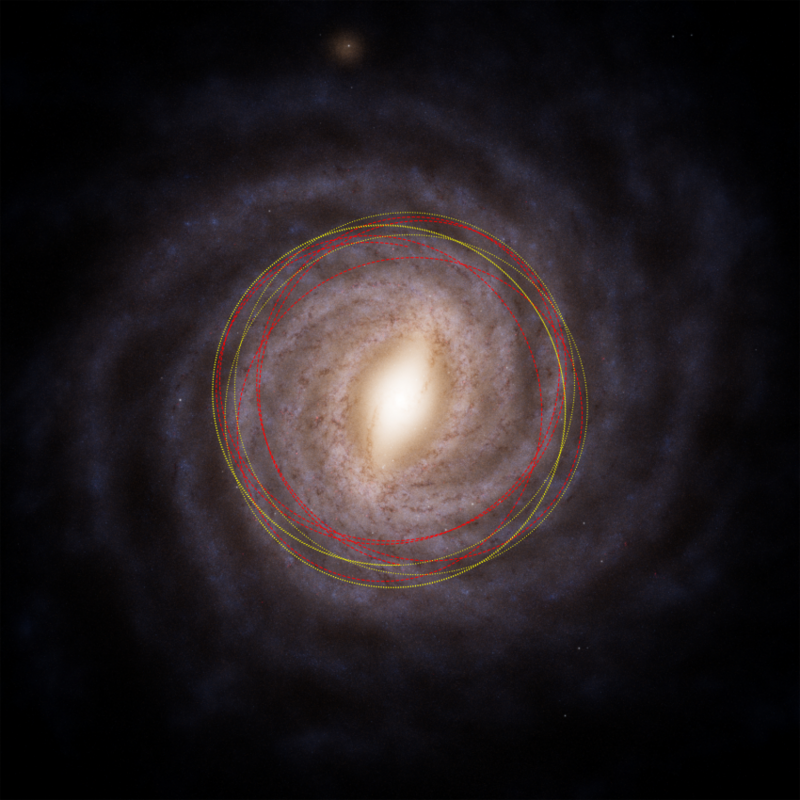
3I/ATLAS, the third known interstellar object ever discovered, is already challenging assumptions. From its strange brightness to its unlikely path, the object is making astronomers rethink what reaches us from outside our star. As it gets as close as ever to Earth, still months away, Hubble-calibre telescopes are scrambling to gather every hint. Here are seven of the most compelling findings and speculations to date each providing a different perspective on the enigma racing toward the inner planets.
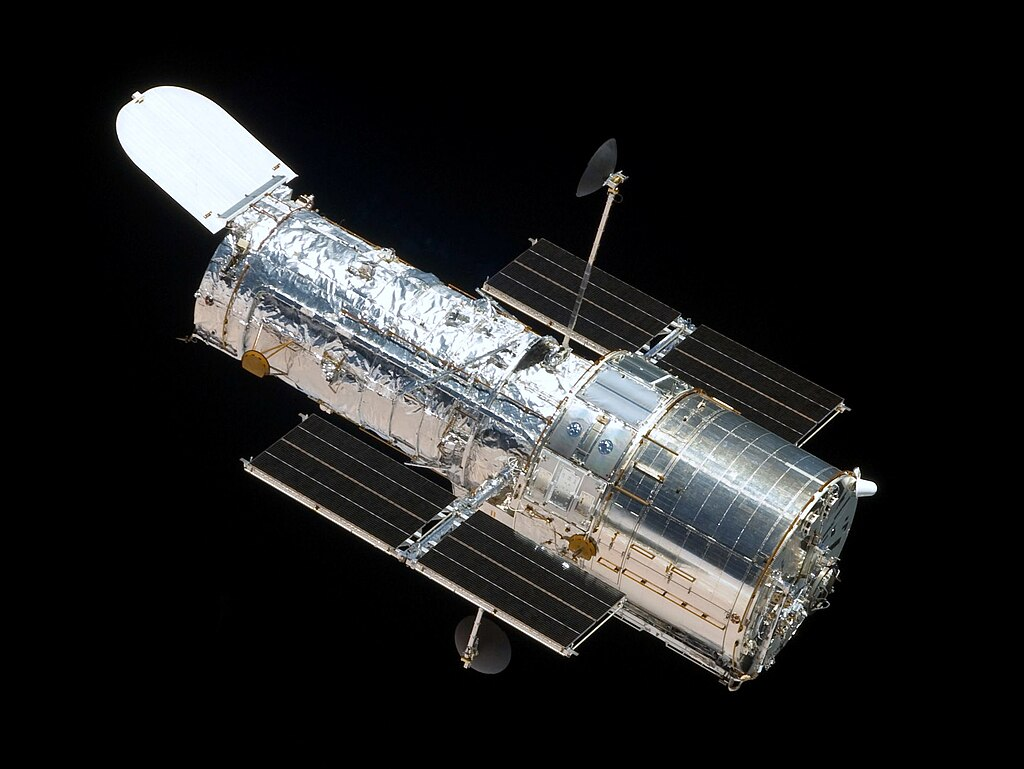
1. A Glow That Shouldn’t Be There
Snapshots of the Hubble Space Telescope on July 21 captured a compact glow on the sun-side of 3I/ATLAS. In contrast with the faint, slowly dimming light of a typical comet’s coma, this glow rapidly declines with distance. Loeb and co-author Eric Keto contend that such a profile would indicate an interior source of light instead of reflected sunlight. If so, the object might be considerably shorter than the 12-mile range estimated based on reflectivity roughly under 300 feet in length, its brightness deceiving onlookers until it approaches them.
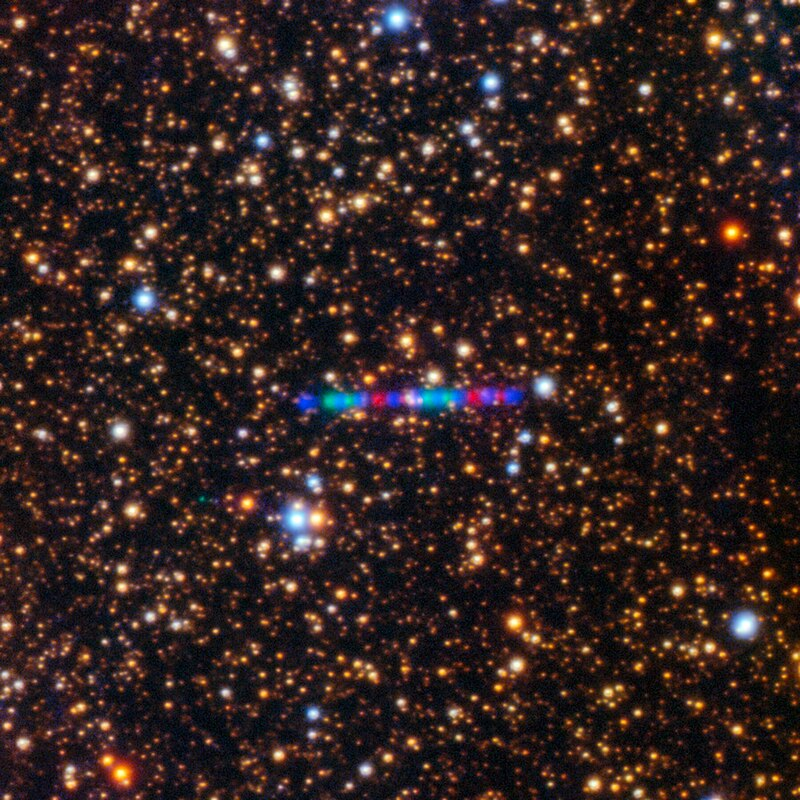
2. The Nuclear Engine Hypothesis
Loeb speculated in his August 2025 blog that the source of the light was a nuclear-powered one, even perhaps an alien motor. He did not exclude a natural nuclear explanation, a supernova core fragment laden with radioactive content, but considered it extremely unlikely, considering the limited availability of such material in interstellar space. The more sensational option is that 3I/ATLAS is a spaceship, with dust falling from its front surface as built-up debris from prolonged interstellar travel.
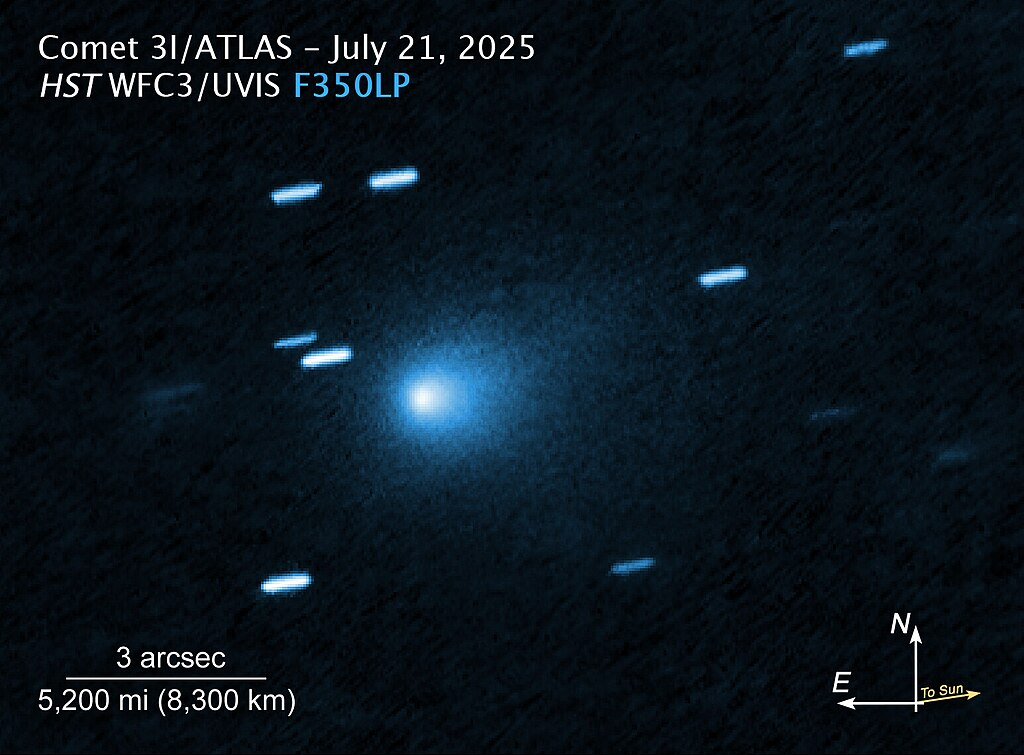
3. A Trajectory Too Precise to Ignore
The trajectory of 3I/ATLAS is being eyed warily. According to Loeb, it will be remarkably close to Venus, Mars, and Jupiter, a progression so statistically improbable that he cites the probability of a natural body taking its path at less than 0.005 percent. On top of that, the object will disappear behind the Sun from Earth’s point of view as it makes its closest pass, and thus possibly conceal its activity from direct sight.
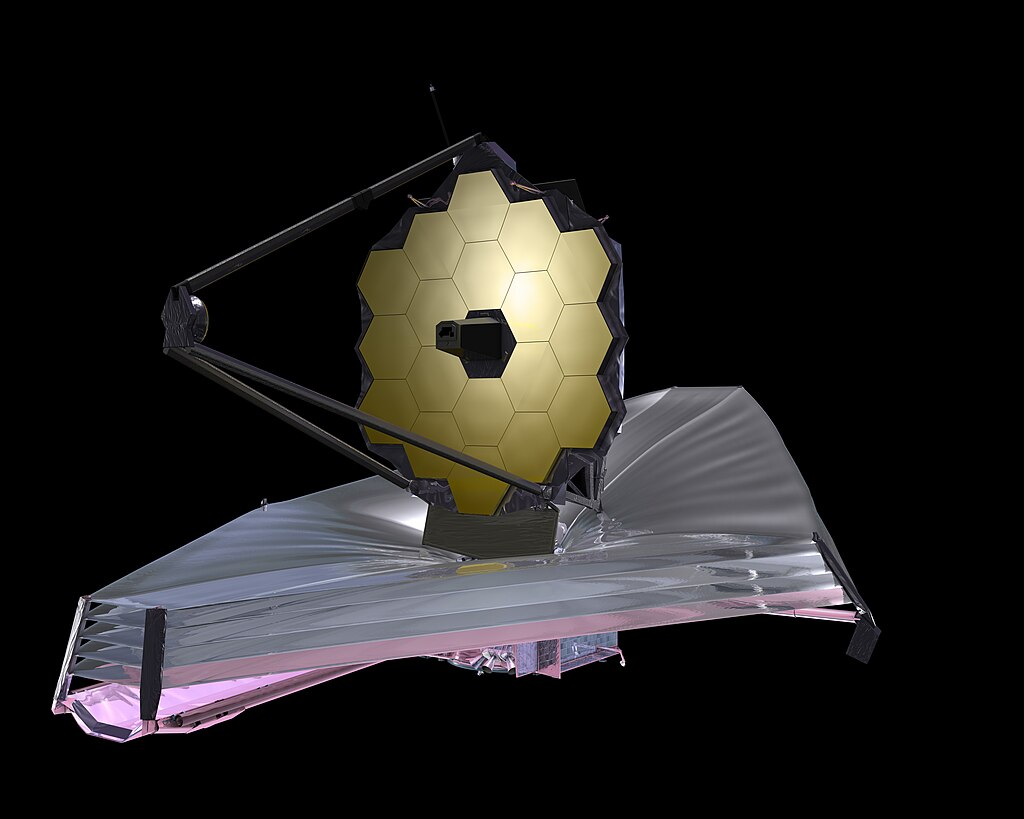
4. James Webb Chemical Fingerprints
Early August monitoring by the James Webb Space Telescope found 3I/ATLAS’ coma to be controlled by carbon dioxide, with one of the highest CO₂-to-H₂O ratios ever measured in a comet. Scientists believe this may indicate that the object created close to the CO₂ ice line in its native system or suffered extreme exposure to radiation. Either case would distinguish it from most solar system comets, providing insight into conditions in remote protoplanetary disks.
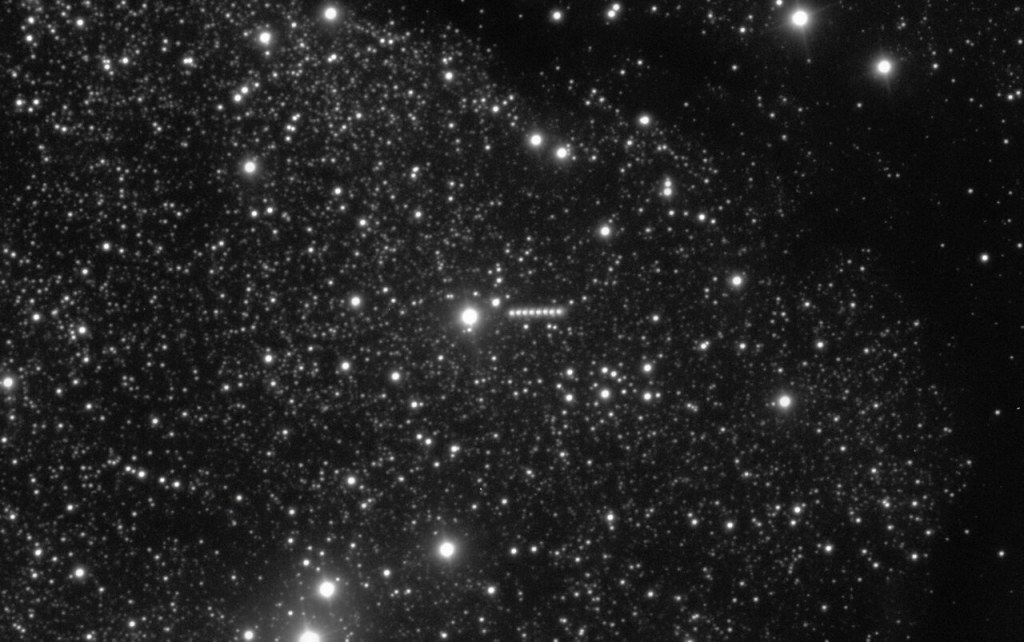
5. Speed and Age Beyond the Ordinary
Travelling at more than 130,000 mph, 3I/ATLAS is the fastest known visitor to the solar system. NASA scientists estimate its speed indicates billions of years’ worth of gravitational kick from passages by stars and nebulae. Estimates put it at roughly 3 billion years older than our solar system, so potentially the oldest comet ever seen and a messenger from an age long prior to the formation of Earth.
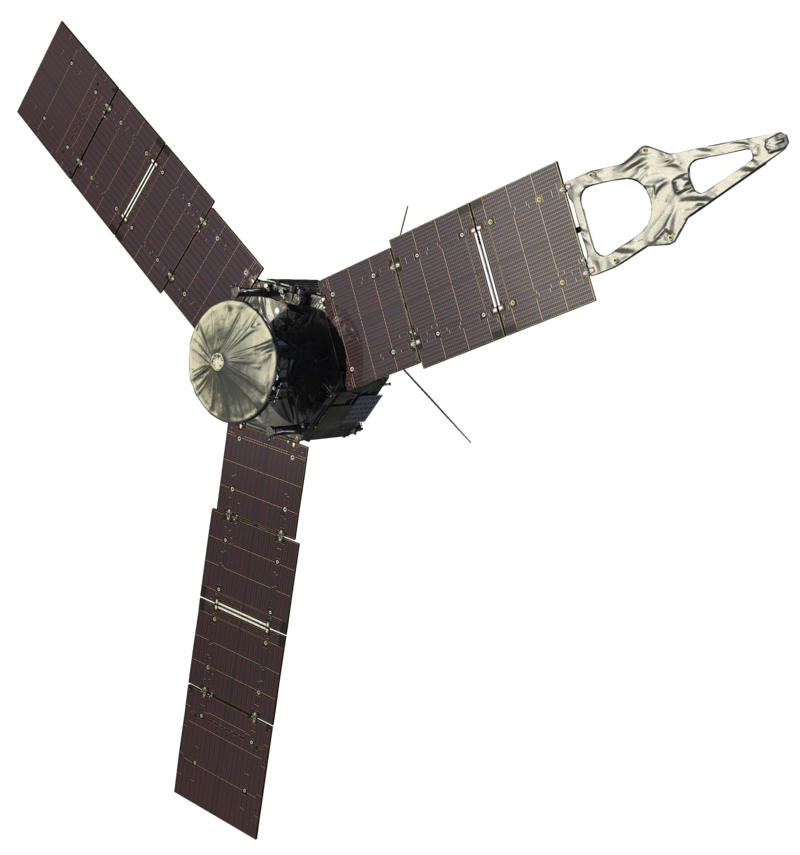
6. The Juno Intercept Proposal
A paper by Loeb, Adam Hibberd, and Adam Crowl details how NASA’s Juno spacecraft would be able to intercept 3I/ATLAS on its March 2026 flyby of Jupiter. Through the performance of a Jupiter Oberth Manoeuvre in September 2025, Juno might modify its orbit so as to encounter the object. Its instrumentation, ranging from infrared spectrometers to plasma wave sensors, might then probe the visitor’s structure and composition up close, perhaps answering whether it is natural or man-made.

7. Scientific Scepticism
Although Loeb’s hypotheses get a hearing, there are few astronomers who are not sceptical. NASA and the European Space Agency have designated 3I/ATLAS as an interstellar comet, and critics such as Penn State’s Jason Wright have labeled Loeb’s interpretations “objectively wrong.” For the time being, the controversy highlights the demand for more information. Future observations, particularly during its October close approach near Mars, can either support sensational assertions or affirm the standard comet hypothesis.
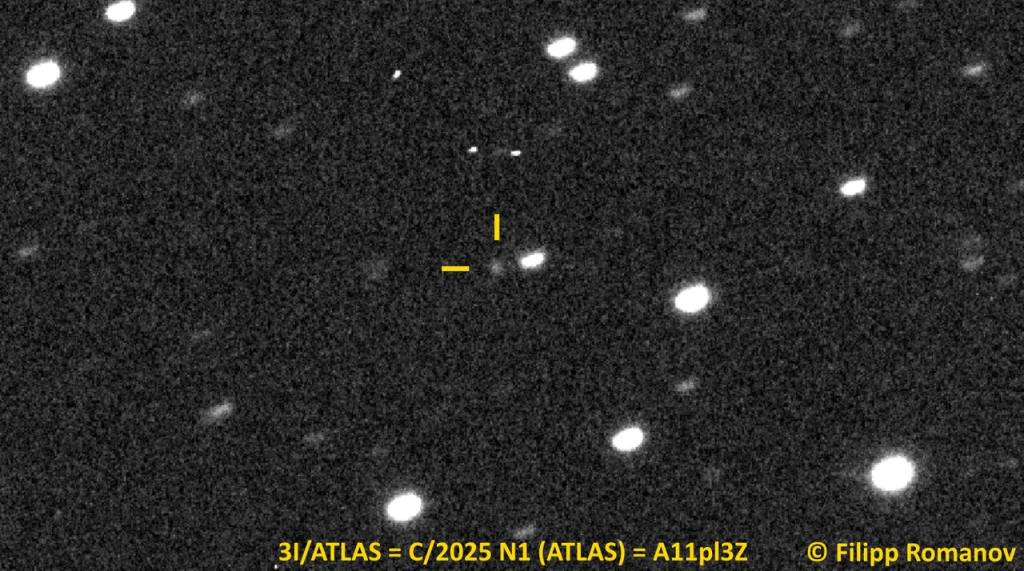
Whether 3I/ATLAS proves to be an exotic relic of another star system or something engineered, its passage offers a rare scientific opportunity. Each new observation peels back another layer of mystery, reminding us that the space between the stars still holds surprises capable of reshaping our understanding of the cosmos.


